Even though we as parents may say we want our babies to stay small and snuggle forever, there is one thing we all want – to be done with diapers! We look forward to the day when our toddler is independent enough to go to the restroom all on their own.
But potty training usually isn’t easy, especially if you’re new to potty training and attempting it with your first child. Every kid is different. There isn’t one right age or one right way to potty train. But that doesn’t mean you can’t have some help to make the potty training process a little easier!
In This Article
1. Stock up on the right supplies.
Before you start potty training, there are a few things you need to have:
- Potty chair or seat
- Footstool (if you plan to have them sit right on the toilet)
- Flushable wipes
- Lots of underwear and/or cloth training pants
- Washable or dry erase markers (to color on the lid of the toilet while they sit backward on the seat)
- New activities to do while training at home, such as crafts and games
- Disinfectants (because accidents will happen)
- Baby shopping cart cover (to help protect carts when you finally venture out to stores).
Have your child go with you to get some of these things. Letting them be part of the process can help get them excited and motivated to start using the potty and wearing big kid underwear.
2. Get on a potty schedule.
Regular routines are important for kids. Routines give kids a sense of consistency and comfort, helping them thrive in various aspects of their life. Creating a potty training schedule can help get your child to the restroom and recognize when they need to go. Most parents play it safe the first day or two of potty training, taking their child to the bathroom every 20-30 minutes. Others start out taking their child potty a few times a day, such as when they wake up, after mealtimes, before taking a nap, before playing, and before bedtime.
It’s estimated that toddlers urinate 4-8 times a day and then have 1-2 bowel movements a day. But every child is different. Your child may be going more or less than that, and the number may vary day by day. The best things you can do to ensure potty training success are to create a potty schedule, take your child to the potty more often than not, and watch for signs that they need to go!
3. Use positive reinforcement.
Negative reinforcement, such as getting upset for an accident, can discourage your little tot from wanting to go pee and poop in the potty. Positive reinforcement on the other hand focuses on your child’s strengths and provides a way for you to effectively connect and communicate with them.
So when your child goes pee in the potty, tell them good job! Praise them by clapping or giving them a hug. Many parents have also found success by creating a sticker or progress chart and establishing a reward system with physical prizes that both motivates your child and is realistic for you to keep up with.
4. Make sure your child is actually ready.
We could have made this our first helpful potty training tip, but we saved it for last so it’d be fresh on your mind because it’s the one that matters the most. You may be ready to stop buying diapers, but unless your child is ready to be potty trained you’re going to spend a lot more time dealing with accidents and arguments while trying to get your child to go in the potty.
How do you know your child is ready? Showing interest in the toilet, showing interest in other people going to the bathroom, asking to wear underwear, and having a dry diaper for more than 2 hours are some of the common signs that a child is ready to potty train.
What helpful potty training tips do you have?

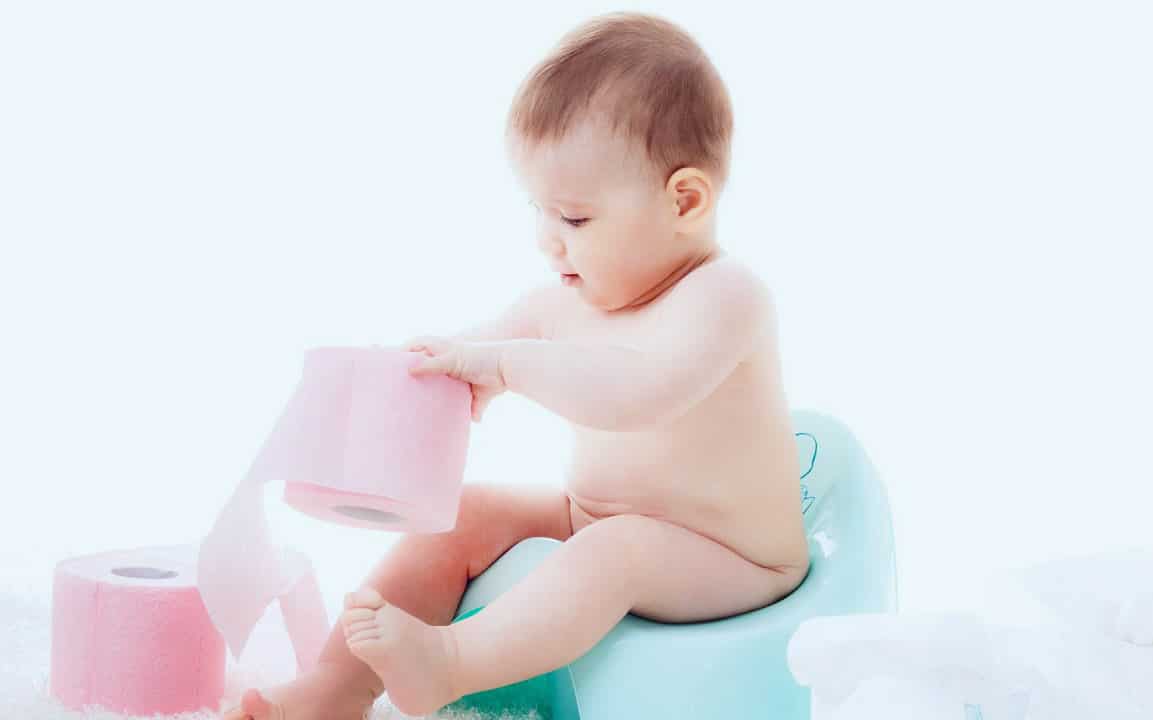
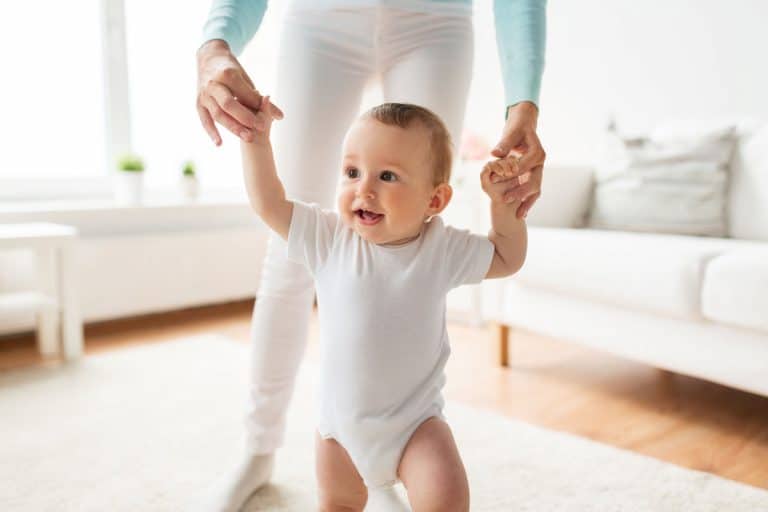
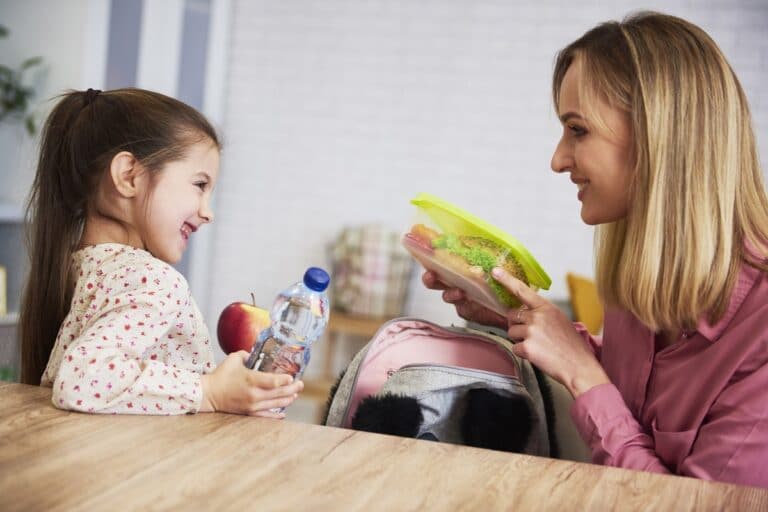
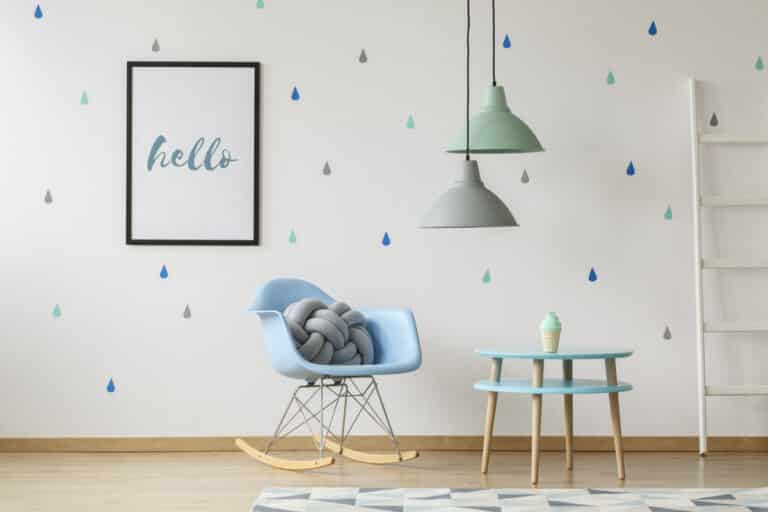
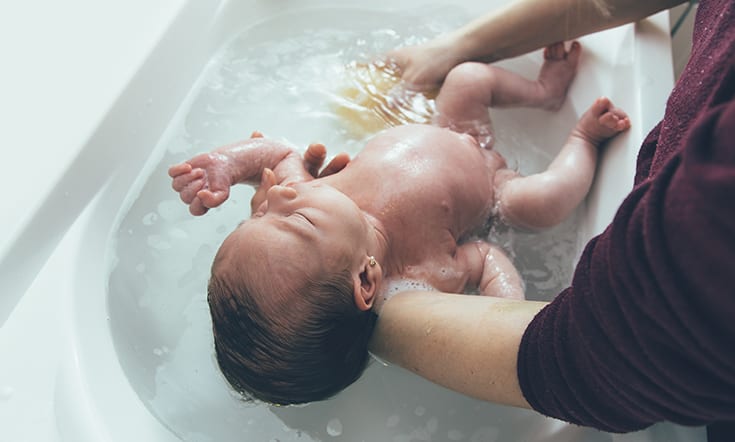




![Home Renovation Guide [2025]](/app/uploads/2021/04/design-hacks-1-378x300.jpg)
